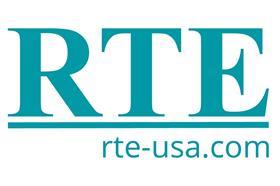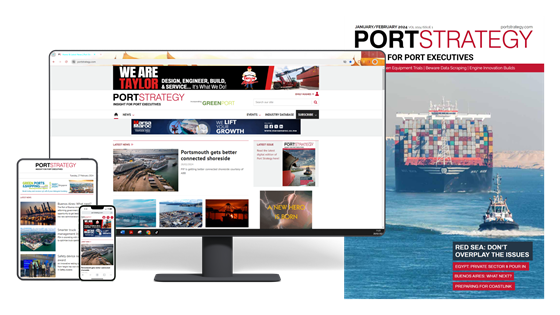When moving from manual reefer inspection and data collection to an automated (remote-controlled) model, it is essential to understand the environment in which the operation exists and the pain points that need resolution.

Evaluate the pain points and take control.
When moving from manual reefer inspection and data collection to an automated (remote-controlled) model, it is essential to understand the environment in which the operation exists and the pain points that need resolution.
With this in mind, when clients ask us how to choose the right reefer monitoring system, we may suggest a few fundamental questions to understand their unique challenges better.
Through these questions, clients can focus on the critical areas of concern. And by listening to the responses, we gain valuable insight into the entire operation.
Working together, constructive solutions are discovered to meet every client’s exclusive need, empowering them to regain control for lasting success.
Here are a few examples.
What are the most critical problems facing your operation that (you believe) remote reefer monitoring can help resolve?
This question is essential to understand. And clients often begin with a single concern they are looking to resolve. Yet through our interview process, we discover many unforeseen areas of their operation where remote reefer monitoring may help the client.
Here are several ‘pain points’ we typically encounter.
- Too many reefers to inspect manually
- Reefer positioning in stacks makes manual inspections difficult and time-consuming
- Safety concerns for reefer yard personnel
- Data entry errors affecting cargo integrity
- Inconsistent record-keeping
- Lack of integrated data
- Missing insight into energy efficiency
Can you relate to any of these? Perhaps, several of them. RTE engineers work with clients to vet these challenges and develop a solution for effectively managing them through remote reefer monitoring.
Is the monitoring solution for a terminal, depot, or another type of operation?
The answer provides a visual guide into the structure of the operation. As you know, there are many ways to handle refrigerated containers. And these methods vary at different points in the cold chain and sometimes even within the same facility.
For instance, reefer terminals might use a series of racks, stacked containers, or a combination. Whereas a depot may rely on stacks or wheeled yards. Others include intermodal facilities, rail yards, and vessels.
So, understanding the entire reefer operation can significantly impact which Remote Reefer Monitoring system will work best. And it may require more than one product for the most effective solution.
How many reefer connection points need monitoring? And does the operation utilize reefer racks, stacked containers, or a wheeled yard?
The number of connections required and insight into an operation’s yard configuration help to identify the scope the monitoring solution must meet.
Does the operation have a communication system installed throughout the yard?
- WAN (Cellular)
- LAN (Cable/Fiber Optic)
- WLAN (Wireless)
Why does this matter?
Knowing which communication network is available may open or limit the range of product choices. Each communication system has advantages and disadvantages that require consideration. An RTE engineer can help identify the correct reefer monitoring system suitable for your unique environment.
Did you know?
RTE developed the first commercially available reefer monitoring system in 1985. Today our innovative approach to helping terminal, vessel, and intermodal operations has led to a catalog of remote monitoring systems. Each works independently or in combination to achieve maximum efficiency and positive results for any size or type of reefer operation.
In summary, reefer operators begin their journey into remote reefer monitoring for various unique reasons. Understanding that some methods may be better suited to one environment than another is essential to success. Additionally, maintaining clear communication between the client and RTE engineers is vital to developing a robust solution that will adjust to the client’s changing needs.
Connect with our client services team today to learn how an RTE reefer monitoring system would work in your environment. Let’s get started.










